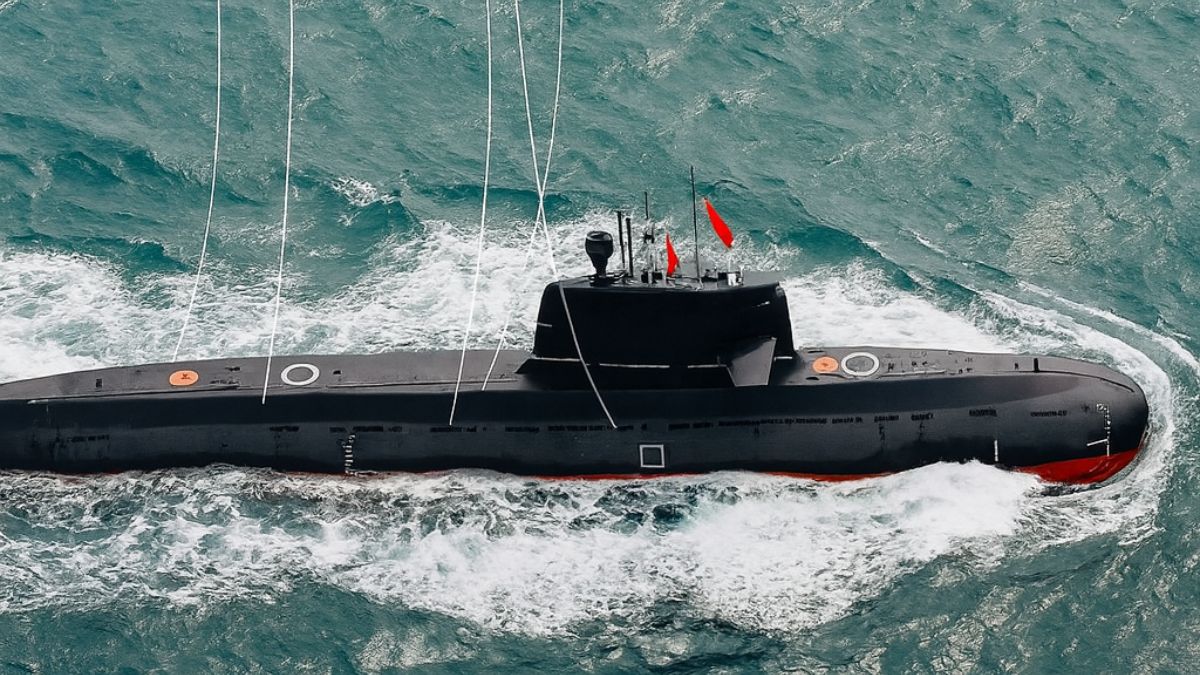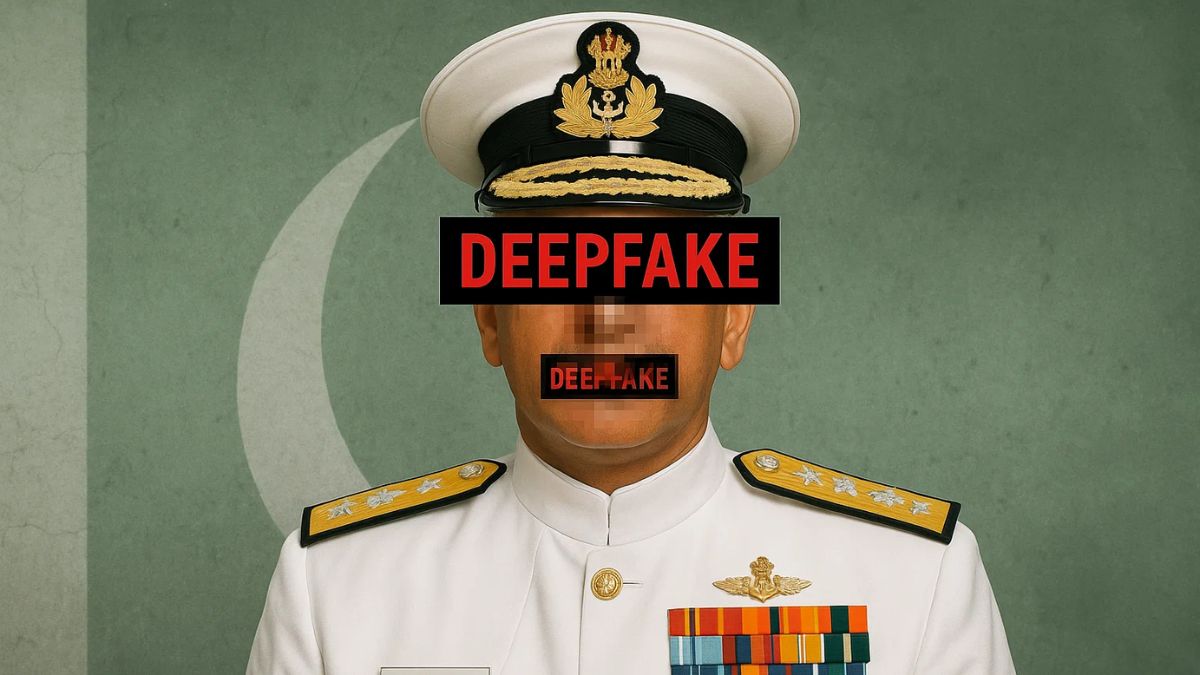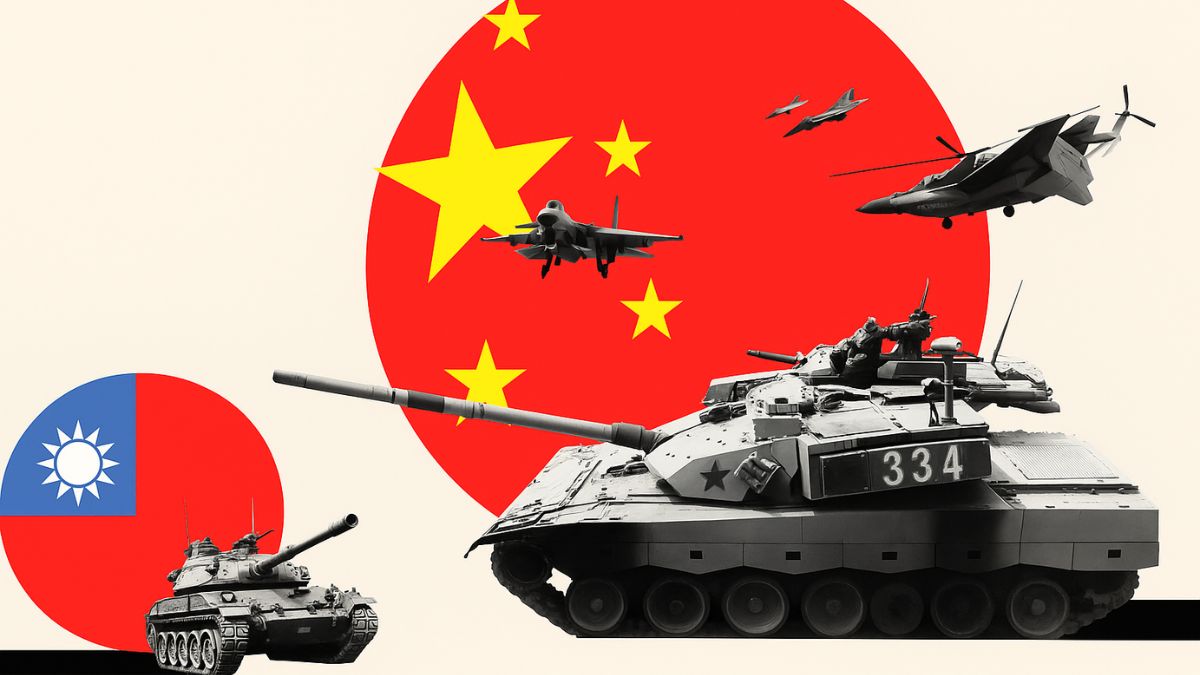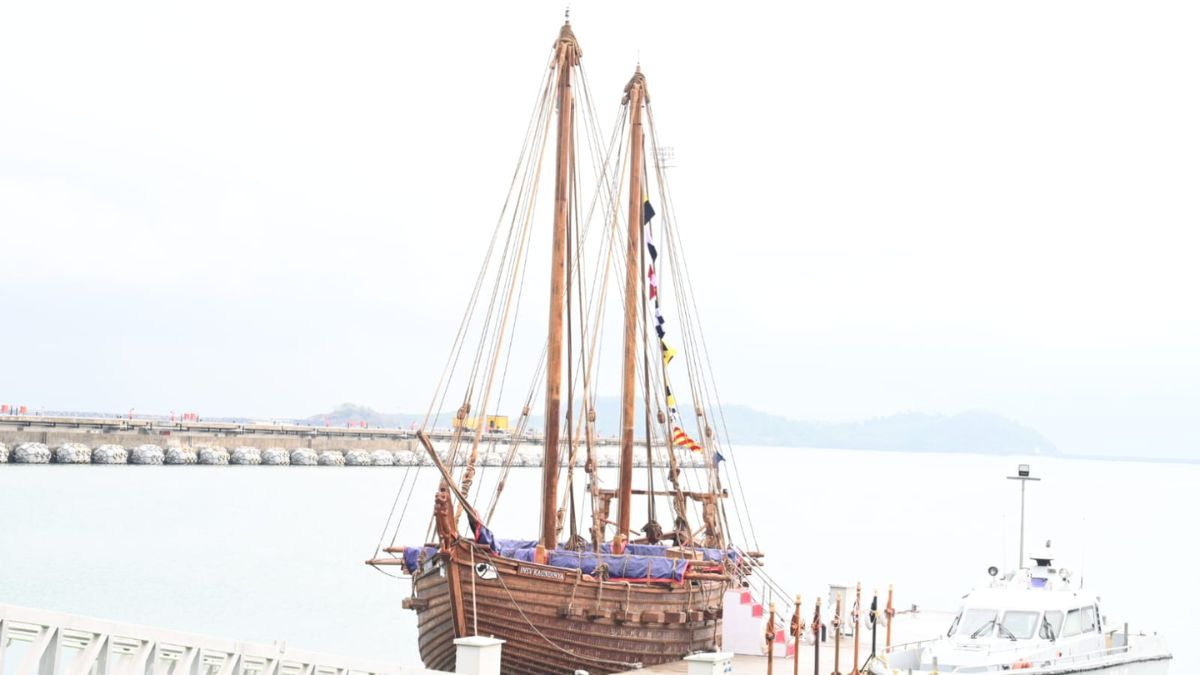China Delivers 3rd Hangor-class Submarine To Pakistan; The Dependence Trap Deepens

Pakistan's made-in-China Hangor-class submarines are under China's hand. Image courtesy: AI-generated picture via DALL-E
China’s launch of a third Hangor-class submarine for Pakistan adds another hull to a fast-growing fleet assembled with Chinese money, technology and yards. The ceremony in Wuhan came as part of an eight-boat programme that sits alongside four Type 054A/P Tughril-class frigates already delivered, signalling a deeper naval partnership in the Indian Ocean.
The development carries consequences that go beyond numbers. Pakistan’s navy looks sleeker each year, yet its ability to keep new ships and submarines fully ready at sea hinges on a single supplier. China accounted for 81% of Pakistan’s major arms imports in 2020–24, up from 74% in 2015–19, a concentration that shapes everything from training pipelines to spares queues.
What has China delivered to Pakistan’s Navy so far?
Islamabad’s surface fleet now fields four Chinese-built Tughril-class frigates delivered between 2020 and 2023. Under the submarine deal, eight Hangor-class boats are being built in China and at Karachi Shipyard, with the second unit launched in March 2025 and the third launched in Wuhan on August 14. The contract was estimated at 4–5 billion dollars when approved in 2015.
Pakistan has added non-Chinese hulls too: Turkish-built Babur-class (MILGEM) corvettes are entering service, and Romania’s Damen yard is delivering OPV-2600 patrol vessels under a follow-on batch. These are useful, though they do not meaningfully dilute China’s overall share yet.
How dependent is Pakistan on Chinese arms exports?
Stockholm International Peace Research Institute’s (SIPRI) latest data places China as Pakistan’s overwhelmingly dominant supplier, a position reinforced by parallel fighter and ship programmes as well as finance. Such reliance also shows up in the day-to-day: independent analysis and field reporting point to patchy after-sales support and maintenance documentation that can slow fleets more than storms do.
The RAND Corporation has catalogued recurring problems with defective equipment and “little accountability for maintenance or repair,” while defence reporters and analysts note chronic shortfalls in spares support across several Chinese export portfolios. Tempo suffers when a navy must wait for parts or permissions.
Does reliance affect readiness at sea?
There is some evidence that Chinese-supplied surface combatants in Pakistani service have faced sensor and reliability issues. Open-source assessments cite electromagnetic-interference problems with the SR60 air-search radar on Zulfiquar-class (F-22P) frigates, degrading air-defence effectiveness, while broader dissatisfaction with elements of those ships has been reported by researchers tracking Chinese exports. Crews can innovate; they cannot fix what only the vendor can legally open.
Submarines provide a fresher caution. Thailand’s S26T programme stalled when German MTU engines were blocked under the EU embargo, before Bangkok agreed this month to accept China’s CHD620 diesels instead.
Pakistan’s Hangor boats are widely reported to use the same CHD620 powerplant, tying critical propulsion to a single supply chain. In practical terms, when engines, software and toolsets are vendor-locked, a submarine becomes pier-bound the moment a black box sulks.
Pakistan is not without agency. It can insist on tougher spares clauses, escrow of essential codes and tooling, and real know-how transfer to Karachi. It can also lean into diversification beyond symbolism through corvettes and patrol vessels already in hand. Until then, glossy inductions will coexist with a quieter reality: endurance at sea is decided as much by the courier schedule as by the ship’s brochure.







